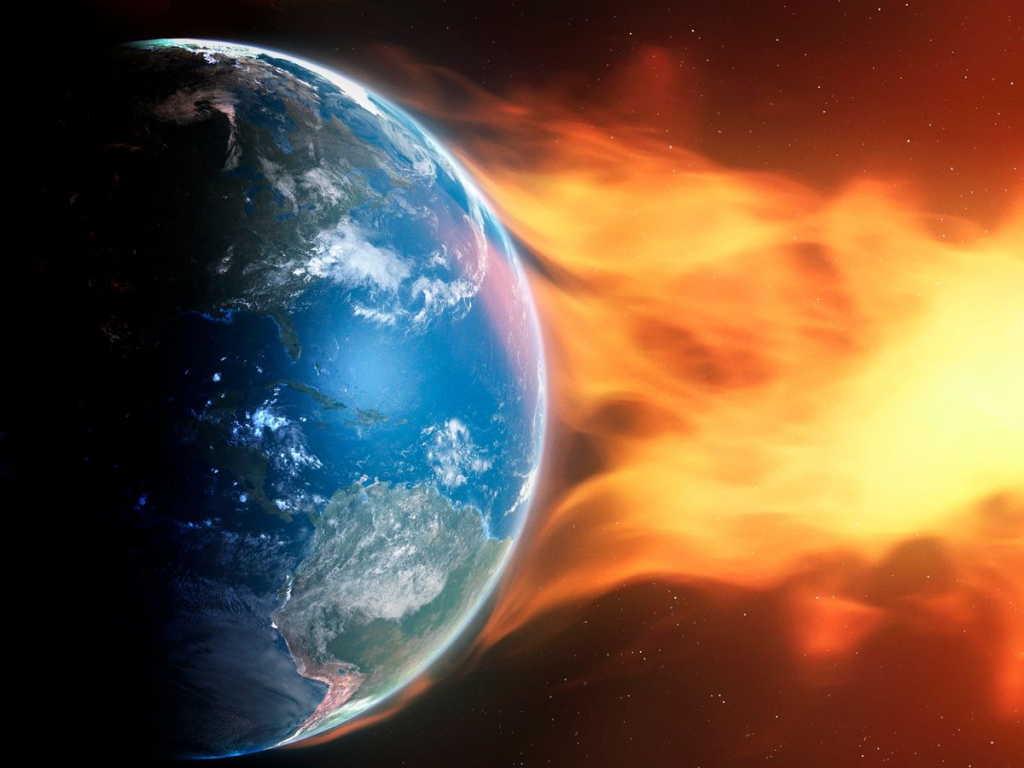A new study, led by Jillian Rastinejad at Northwestern University in the US state of Illinois discovered late last year the Earth was hit by a 50-second-long blast of energy from another galaxy.
The blasts are called gamma-ray bursts or GRB. They are classified as the most powerful explosions in the universe.
But, Rastinejad says the study of these rays could change the way we understand our universe.
“This event looks unlike anything else we have seen before from a long gamma-ray burst,” Rastinejad said.
“Its gamma rays resemble those of bursts produced by the collapse of massive stars.

“Given that all other confirmed neutron star mergers we have observed have been accompanied by bursts lasting less than two seconds, we had every reason to expect this 50-second GRB was created by the collapse of a massive star.
“This event represents an exciting paradigm shift for gamma-ray burst astronomy.”
It could also provide an exciting way to answer other questions about the universe.
The galaxy from which the ray came is also unusual, the study suggests, as it is young and still in the process of forming stars. This behavior is typical of mature galaxies but not new ones. Even from the mature ones, the light rarely touches Earth.
But since the galaxy which produced this massive ray is relatively nearby, scientists were able to get a rare look at it.

This event produced heavy elements that amounted to roughly 1000 times the mass of our Earth.
“When we followed this long gamma-ray burst, we expected it would lead to evidence of a massive star collapse,” said Northwestern’s Wen-fai Fong, a senior author on the study.
“Instead, what we found was very different. When I entered the field 15 years ago, it was set in stone that long gamma-ray bursts come from massive star collapses.
“This unexpected finding not only represents a major shift in our understanding but also excitingly opens up a new window for discovery.”


